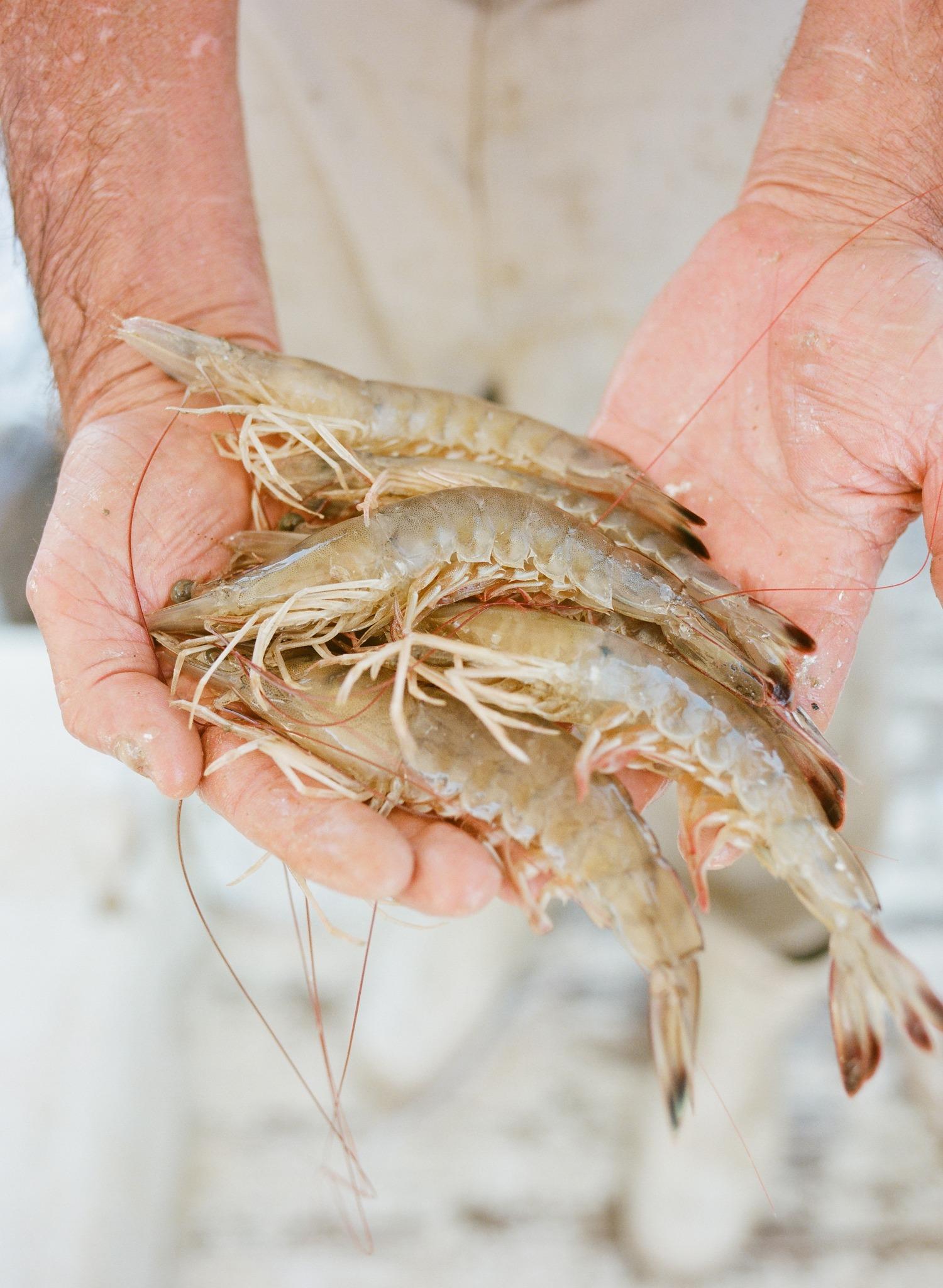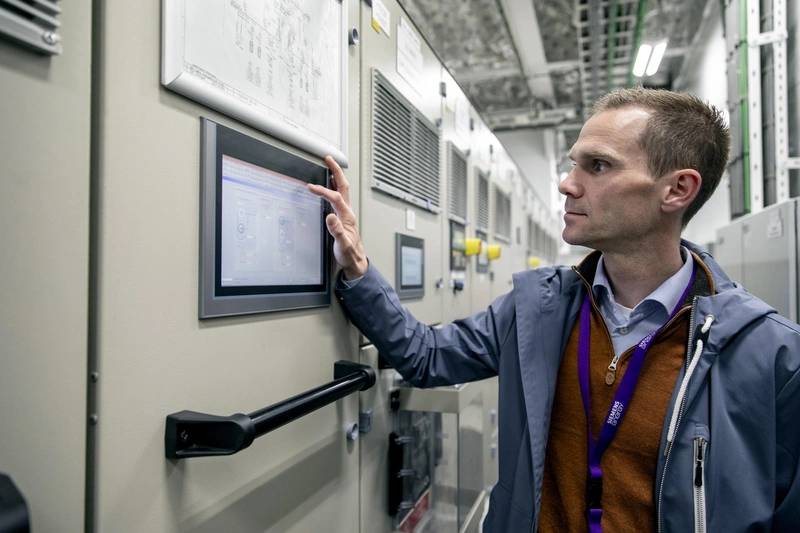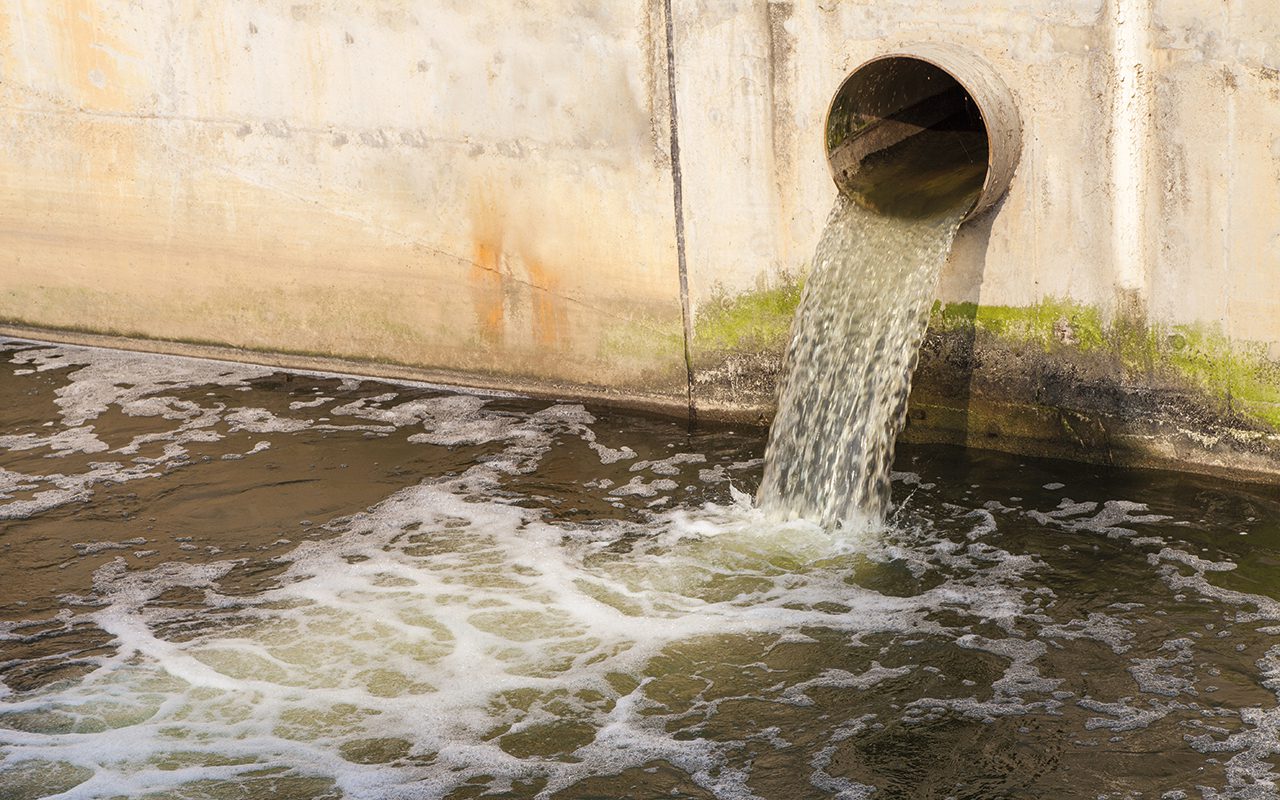Impact of Glacial Retreat on Marine Ecosystems and Sustainable Development Goals
Executive Summary
A recent study indicates that climate change-induced glacial retreat is diminishing the nutritional value of meltwater essential for ocean life. This phenomenon poses a direct threat to marine ecosystems and the achievement of several Sustainable Development Goals (SDGs). Research comparing a stable and a retreating glacier in Alaska reveals that meltwater from the retreating glacier contains significantly lower concentrations of bioavailable micronutrients. These findings have profound implications for SDG 14 (Life Below Water), SDG 13 (Climate Action), and SDG 2 (Zero Hunger) by potentially disrupting marine food webs, weakening the ocean’s role as a carbon sink, and threatening global fisheries.
Research Methodology and Core Findings
The investigation centered on two glaciers on Alaska’s Kenai Peninsula, which share the same bedrock, allowing for a direct comparison.
- Study Sites: The stable Aialik Glacier was compared against the Northwestern Glacier, which has retreated approximately 15 kilometers since 1950.
- Sample Analysis: Researchers collected and analyzed surface water, suspended sediments, and iceberg material, focusing on the bioavailability of key micronutrients like iron and manganese.
- Key Results: The sediment from the stable Aialik Glacier contained higher fractions of bioavailable iron (18%) and manganese (26%) compared to the retreating Northwestern Glacier, which had bioavailable iron levels of 13% and manganese levels of 14-15%.
- Hypothesized Cause: The study suggests that as glaciers retreat inland, the extended transit time of meltwater and sediment to the ocean allows for greater chemical weathering. This process transforms reactive metals into less bioavailable forms, reducing the nutritional quality of the runoff.
Implications for Sustainable Development Goal 14: Life Below Water
The study’s conclusions directly impact the targets of SDG 14, which aims to conserve and sustainably use the oceans, seas, and marine resources.
- Marine Ecosystem Health: A reduction in essential nutrients like iron and manganese threatens the health and productivity of phytoplankton, the microorganisms that form the base of marine food webs. This could lead to a decline in marine biodiversity in critical regions such as the Gulf of Alaska and the Southern Ocean.
- Sustainable Fisheries: The productivity of major commercial fisheries is intrinsically linked to the health of the marine food web. A nutrient-deficient environment could lead to a collapse in fish stocks, undermining efforts to maintain sustainable fishing and safeguard the livelihoods of coastal communities.
Broader Consequences for SDG 13 (Climate Action) and SDG 2 (Zero Hunger)
The impact of reduced nutrient runoff extends beyond marine health, affecting global climate and food security goals.
- SDG 13: Climate Action: Phytoplankton are a vital component of the planet’s climate regulation system, absorbing vast quantities of atmospheric carbon dioxide. A decline in phytoplankton populations due to nutrient limitation would weaken this natural carbon sink, hindering progress on climate action.
- SDG 2: Zero Hunger: Fisheries are a critical source of protein and economic stability for millions of people worldwide. The potential degradation of marine productivity threatens global food security and the economic well-being of populations dependent on marine resources.
Conclusion and Future Directives
This research highlights a significant feedback loop where climate change not only causes glaciers to retreat but also diminishes the capacity of oceans to support life and regulate climate. While the findings from the two Alaskan glaciers are stark, further investigation is necessary to confirm if this is a global trend.
- Future work should expand to include multiple glacier systems at various stages of retreat to build a comprehensive global model.
- Understanding these geochemical changes is crucial for predicting ecosystem responses and developing adaptive strategies to protect marine resources.
- The project, supported by the National Science Foundation and the National Park Service, exemplifies the importance of SDG 17 (Partnerships for the Goals) in conducting research essential for informed environmental policy and sustainable development.
Analysis of the Article in Relation to Sustainable Development Goals
1. Which SDGs are addressed or connected to the issues highlighted in the article?
-
SDG 13: Climate Action
- The article directly links the shrinking and retreating of glaciers to climate change. It states, “climate change causes many glaciers to shrink and retreat” and “The world’s glaciers are threatened by climate change, which is causing most to lose ice and shrink.” This establishes a clear connection to the goal of taking urgent action to combat climate change and its impacts.
-
SDG 14: Life Below Water
- The core of the study focuses on the impact of glacial meltwater on marine ecosystems. It discusses how the reduced nutrient content (iron and manganese) affects phytoplankton, which are “the microorganisms that form the base of most marine food webs.” The potential consequences for “the productivity of really significant marine ecosystems” and the “health of major fisheries” in regions like the Gulf of Alaska directly relate to the conservation and sustainable use of oceans and marine resources.
-
SDG 2: Zero Hunger
- The article implies a connection to food security by highlighting the “long term implications for the health of major fisheries.” Fisheries are a critical source of food and protein for millions of people worldwide. A decline in their productivity, as suggested by the study’s findings, could threaten food security and the sustainability of food production systems that rely on marine resources.
-
SDG 17: Partnerships for the Goals
- The article explicitly mentions the collaborative nature of the research, which was “funded by the National Science Foundation (NSF)” and involved “cooperation with the National Park Service.” It also features researchers from multiple institutions (UC San Diego’s Scripps, University of Southern California, US Environmental Protection Agency, University of Washington). This highlights the importance of partnerships between academic institutions and government agencies to mobilize knowledge and resources for sustainable development research.
2. What specific targets under those SDGs can be identified based on the article’s content?
-
Under SDG 13 (Climate Action):
- Target 13.2: Integrate climate change measures into national policies, strategies and planning. The study’s findings on the tangible impacts of climate change on ecosystems underscore the urgency for such integration.
- Target 13.3: Improve education, awareness-raising and human and institutional capacity on climate change mitigation, adaptation, impact reduction and early warning. The research itself is a primary tool for raising awareness and building scientific capacity to understand the far-reaching impacts of climate change.
-
Under SDG 14 (Life Below Water):
- Target 14.2: By 2020, sustainably manage and protect marine and coastal ecosystems to avoid significant adverse impacts… The article directly investigates an adverse impact (reduced nutrient supply) on coastal marine ecosystems (fjords and the Gulf of Alaska) resulting from climate change.
- Target 14.4: …implement science-based management plans, in order to restore fish stocks… The potential impact on fisheries highlights the need for science-based management that accounts for changing environmental conditions, such as altered nutrient inputs.
- Target 14.a: Increase scientific knowledge, develop research capacity… in order to improve ocean health… The entire study is an example of this target in action, as it aims to increase scientific understanding of a critical process affecting ocean health.
-
Under SDG 2 (Zero Hunger):
- Target 2.4: By 2030, ensure sustainable food production systems… which help maintain ecosystems… The article connects the health of marine ecosystems to the viability of fisheries, which are a key component of global food production systems.
-
Under SDG 17 (Partnerships for the Goals):
- Target 17.16: Enhance the global partnership for sustainable development, complemented by multi-stakeholder partnerships… The collaboration between universities (Scripps, USC, UW) and government bodies (NSF, National Park Service, EPA) is a direct example of a multi-stakeholder partnership mobilizing knowledge to address a sustainability challenge.
3. Are there any indicators mentioned or implied in the article that can be used to measure progress towards the identified targets?
-
Indicators for SDG 14 (Life Below Water):
- Concentration of bioavailable micronutrients: The study provides specific quantitative data that can serve as an indicator. For example, it found that in the stable glacier’s sediment, “approximately 18% of iron and 26% of manganese existed in bioavailable forms,” compared to lower fractions of “13% of iron and 14-15% of manganese” in the retreating glacier’s sediment. Monitoring these concentrations over time can measure changes in ecosystem health.
- Marine ecosystem productivity: The article repeatedly mentions the impact on “phytoplankton growth” and the “productivity of really significant marine ecosystems.” While not directly measured in this study, phytoplankton density or chlorophyll-a concentration are standard indicators for marine productivity that are implied by the research.
- Health of fish stocks: The mention of “long term implications for the health of major fisheries” implies that fish stock assessments could be used as an indicator to track the cascading effects of the observed chemical changes in the marine food web.
-
Indicators for SDG 13 (Climate Action):
- Rate of glacial retreat: The article provides a specific indicator of climate impact by noting that the Northwestern Glacier “had retreated approximately 15 kilometers (nine miles) since 1950.” The rate of ice loss and retreat of glaciers worldwide is a key indicator of climate change.
-
Indicators for SDG 17 (Partnerships for the Goals):
- Funding for scientific research: The article explicitly states the research was “funded by the National Science Foundation (NSF).” The amount of financial resources dedicated to climate and ecosystem research is a measurable indicator of commitment to partnerships for sustainable development.
Summary of SDGs, Targets, and Indicators
| SDGs | Targets | Indicators Identified in the Article |
|---|---|---|
| SDG 13: Climate Action | 13.2: Integrate climate change measures into policies. 13.3: Improve education and awareness on climate change impacts. |
Rate of glacial retreat (e.g., 15 km retreat since 1950 for Northwestern Glacier). |
| SDG 14: Life Below Water | 14.2: Sustainably manage and protect marine and coastal ecosystems. 14.4: Implement science-based management for fisheries. 14.a: Increase scientific knowledge and research capacity. |
|
| SDG 2: Zero Hunger | 2.4: Ensure sustainable food production systems and maintain ecosystems. | Viability and health of fisheries as a food source (implied). |
| SDG 17: Partnerships for the Goals | 17.16: Enhance multi-stakeholder partnerships that mobilize knowledge. |
|
Source: scripps.ucsd.edu







